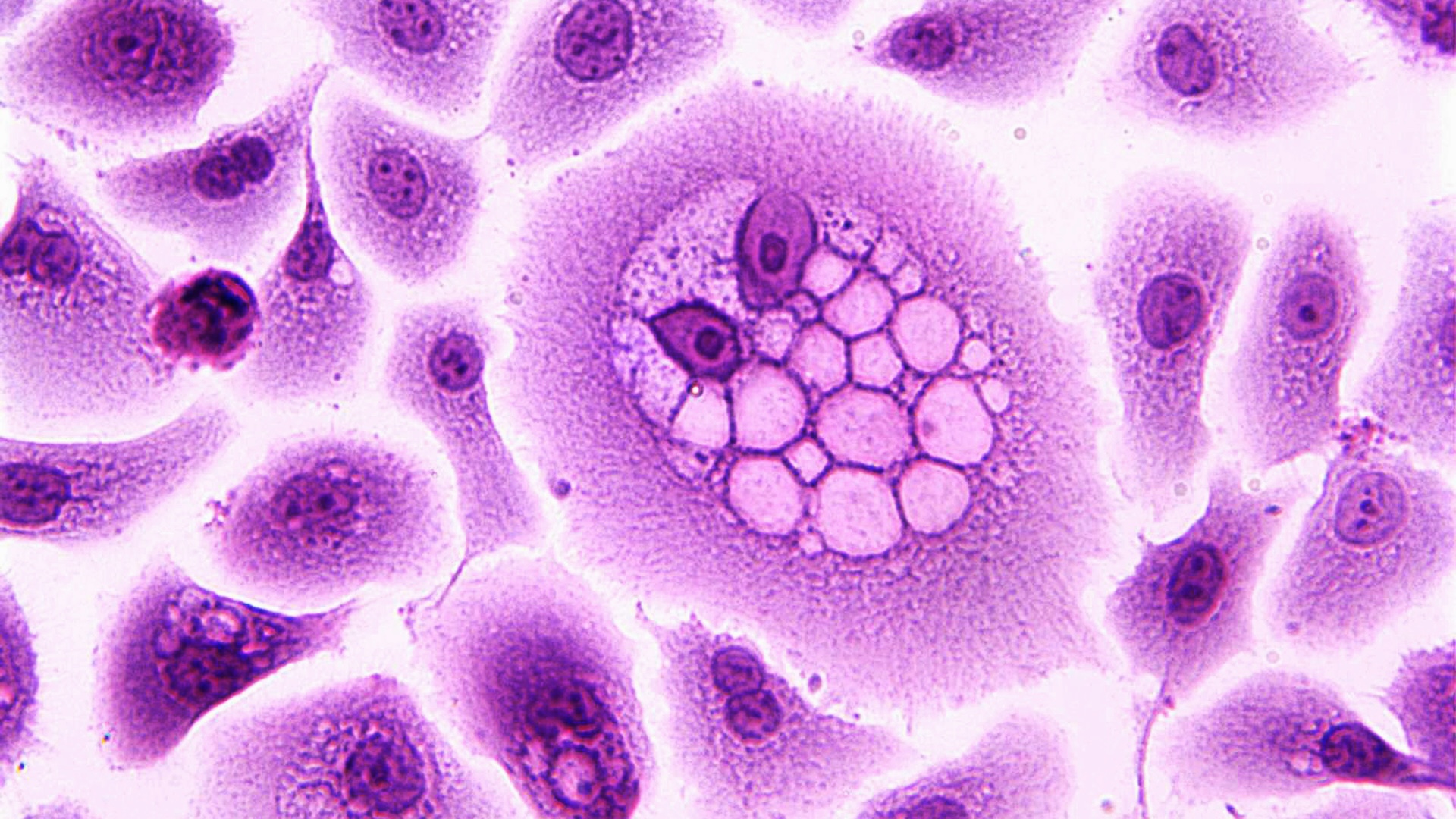Remote Sensing, Vol. 15, Pages 2887: Multi-Temporal Remote Sensing Inversion of Evapotranspiration in the Lower Yangtze River Based on Landsat 8 Remote Sensing Data and Analysis of Driving Factors
Remote Sensing doi: 10.3390/rs15112887
Authors: Enze Song Xueying Zhu Guangcheng Shao Longjia Tian Yuhao Zhou Ao Jiang Jia Lu
Analysis of the spatial and temporal variation patterns of surface evapotranspiration is important for understanding global climate change, promoting scientific deployment of regional water resources, and improving crop yield and water productivity. Based on Landsat 8 OIL_TIRS data and remote sensing image data of the lower Yangtze River urban cluster for the same period of 2016–2021, combined with soil and meteorological data of the study area, this paper constructed a multiple linear regression (MLR) model and an extreme learning machine (ELM) inversion model with evapotranspiration as the target and, based on the model inversion, quantitatively and qualitatively analyzed the spatial and temporal variability in surface evapotranspiration in the study area in the past six years. The results show that both models based on feature factors and spectral indices obtained a good inversion accuracy, with the fusion of feature factors effectively improving the inversion ability of the model for ET. The best model for ET in 2016, 2017, and 2021 was MLR, with an R2 greater than 0.8; the best model for ET in 2018–2019 was ELM, with an R2 of 0.83 and 0.62, respectively. The inter-annual ET in the study area showed a “double-peak” dynamic variation, with peaks in 2018 and 2020; the intra-annual ET showed a single-peak cycle, with peaks in July–August. Seasonal differences were obvious, and spatially high-ET areas were mainly found in rural areas north of the Yangtze River and central and western China where agricultural land is concentrated. The net solar radiation, soil heat flux, soil temperature and humidity, and fractional vegetation cover all had significant positive effects on ET, with correlation coefficients ranging from 0.39 to 0.94. This study can provide methodological and scientific support for the quantitative and qualitative estimation of regional ET.

 1 year ago
40
1 year ago
40

